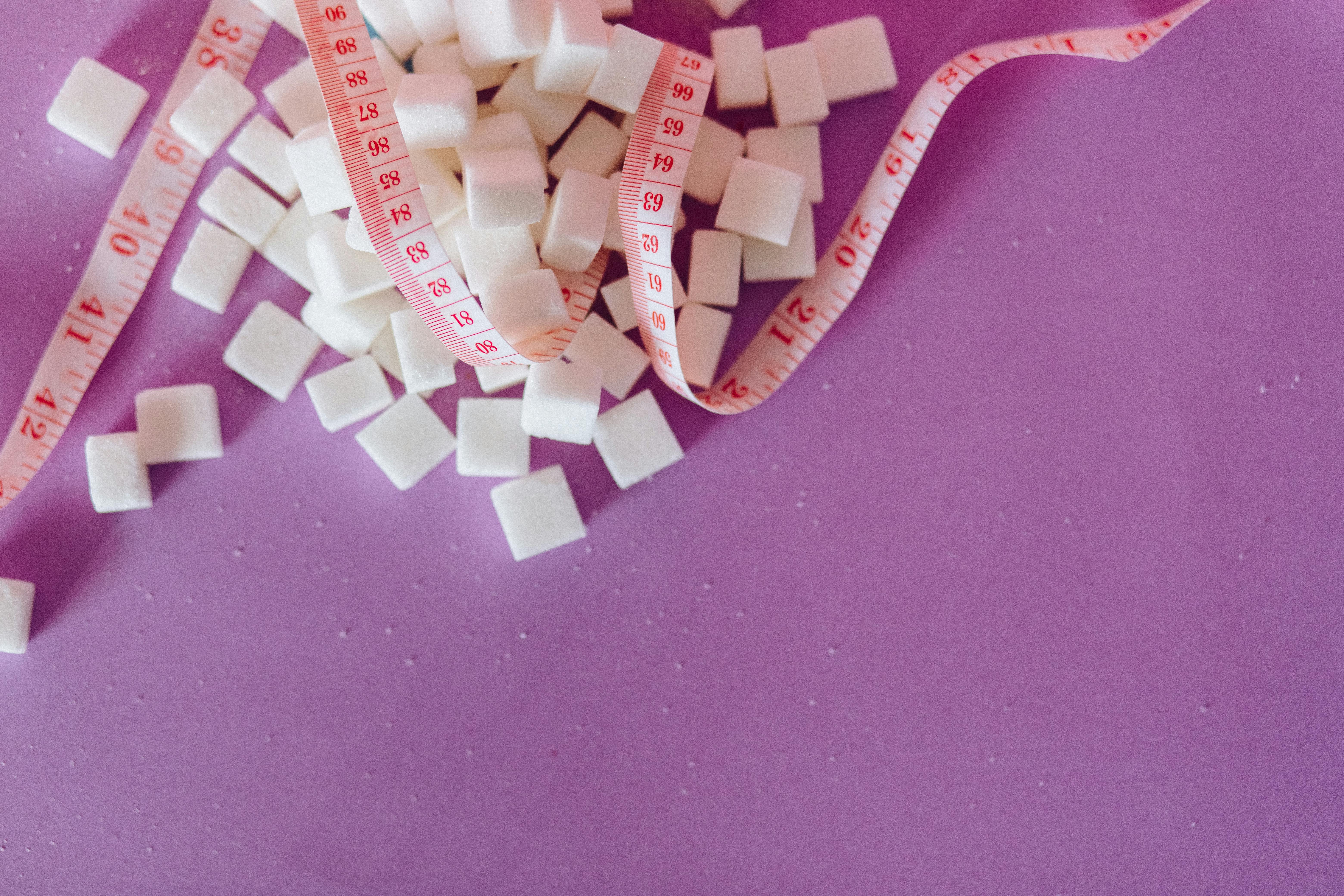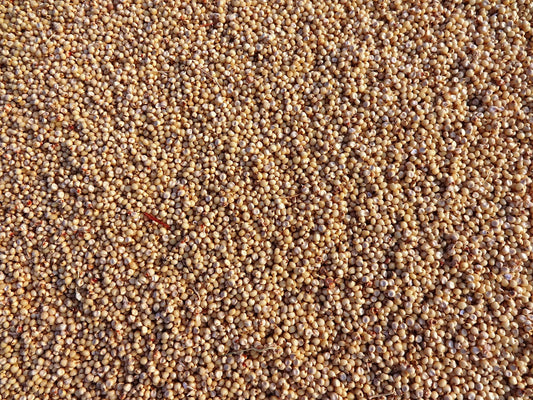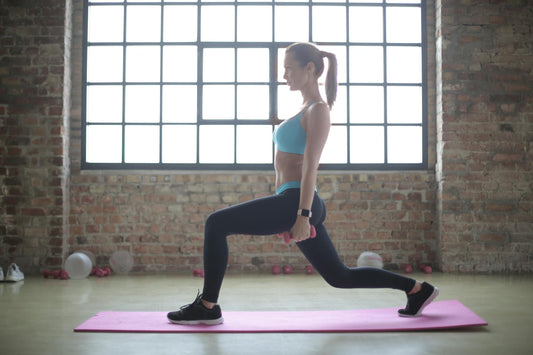
Nataliya Vaitkevich // Pexels
Let's face it - with all the latest diet trends and fads, it's easy to lose sight of what really matters: a balanced diet. But what does that even mean, and how can you make it a reality? In this article, we'll break down the basics of a balanced diet, explore the five food groups, and share some practical tips for creating a healthy and sustainable eating plan.
So, What is a Balanced Diet?
A balanced diet is all about giving your body the right foods, in the right proportions, to support growth, maintenance, and overall well-being. It's not about depriving yourself or following a strict set of rules - it's about finding a healthy balance that works for you. A balanced diet should provide all the nutrients your body needs without overdoing it on the calories. For adults, that's typically somewhere between 1,600 and 3,000 calories per day, depending on factors like age, sex, and lifestyle, as recommended by the Dietary Guidelines for Americans 2020-2025.
The Five Food Groups: A Quick Rundown
A balanced diet is all about variety, and that means including foods from five main groups: fruits, vegetables, protein, grains, and dairy. Each group brings its own set of essential nutrients to the table, so it's worth getting to know them.

Mikhail Nilov // Pexels
- Vegetables: We're talking dark greens, colorful veggies, starchy veggies, beans, peas, lentils, and more. Aim to mix it up and include a variety of veggies in your diet every week, as suggested by the USDA's MyPlate.
- Fruits: Fresh, frozen, or canned - it's all good Just be sure to choose whole fruits over juice, which can be high in sugar and low on nutrients, as noted by Stanford Children's Health.
- Grains: Whole grains like quinoa, oats, brown rice, barley, and dark rye are packed with fiber and protein. Try to make at least half of your daily grain intake whole grains, according to the Whole Grains Council.
- Protein: This one's all about variety - think lean meats, poultry, eggs, seafood, beans, peas, legumes, nuts, and seeds.
- Dairy: Opt for low-fat or fat-free dairy products, or consider fortified soy products as an alternative.
Building a Balanced Plate
So, how do you put it all together? The USDA recommends filling half your plate with fruits and veggies, and the other half with grains and protein. Don't forget to include a serving of low-fat dairy or a fortified soy product with each meal, as suggested by the USDA's MyPlate.
Tips for a Balanced Diet
- Eat a variety of foods: Mix it up and include a range of foods from each group to ensure you're getting all the nutrients you need.
- Watch portion sizes: Pay attention to serving sizes and control the amount of food you eat.
- Limit processed foods: Try to limit your intake of processed and packaged foods, which can be high in added sugars, salt, and unhealthy fats.
- Stay hydrated: Drink plenty of water throughout the day to stay hydrated and support overall health.
Losing Weight with a Balanced Diet
A balanced diet is key to weight loss. By focusing on whole, nutrient-dense foods, you can reduce your risk of obesity and support a healthy weight. Here are some tips to get you started:
- Increase protein intake: Protein can help you feel fuller for longer and support weight loss.
- Avoid excessive carbohydrates: Focus on whole, unprocessed foods, and limit your intake of refined grains and added sugars.
- Get essential nutrients: Make sure you're getting all the necessary vitamins, minerals, and fiber to support overall health.
- Prevent binge eating: Eat regular meals and snacks to prevent overeating and support a healthy relationship with food.
Getting Started
Building a balanced diet takes time and effort, but it's worth it. Start by making small changes to your eating habits, like adding more fruits and veggies to your meals or switching to whole grains. As you progress, you can continue to make adjustments and fine-tune your diet to support your overall health and well-being.
Tips for a Successful Transition
When transitioning to a balanced diet, it's essential to be patient and kind to yourself. Don't try to make too many changes at once - instead, focus on making small, sustainable changes that you can maintain in the long term. For example, try replacing one unhealthy snack with a healthier option each day, or aim to cook at home one more night per week.
Common Challenges and Solutions
One common challenge people face when transitioning to a balanced diet is feeling overwhelmed by the amount of information available. To overcome this, try focusing on one or two changes at a time, and seek out reliable sources of information, such as government reports and reputable health organizations, like the CDC's Physical Activity Guidelines. Additionally, consider seeking support from a registered dietitian or healthcare professional who can provide personalized guidance and support.




